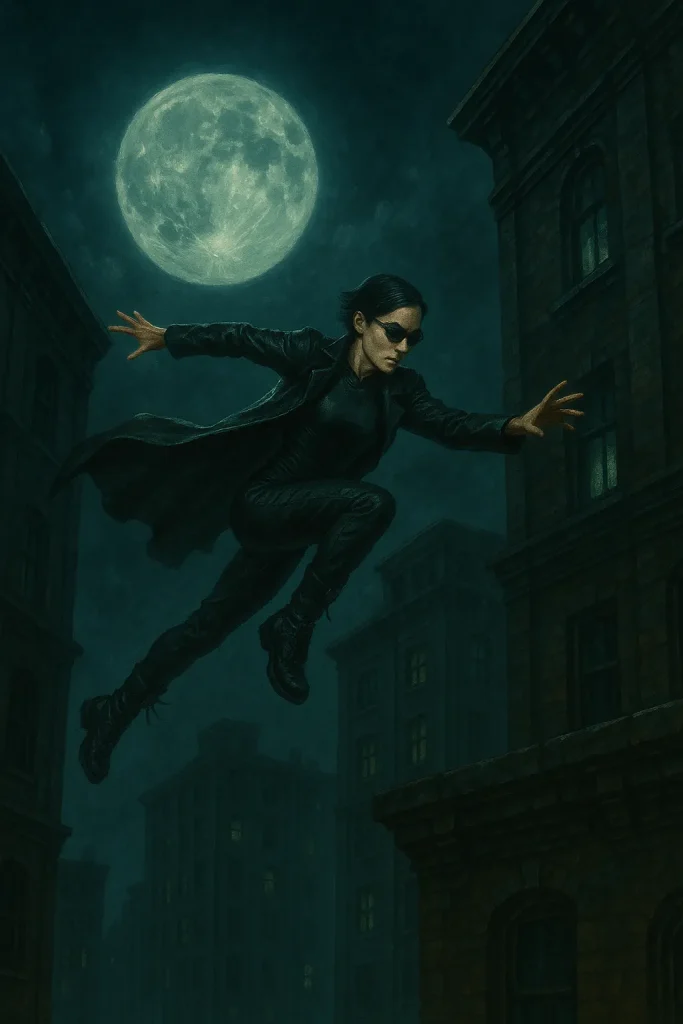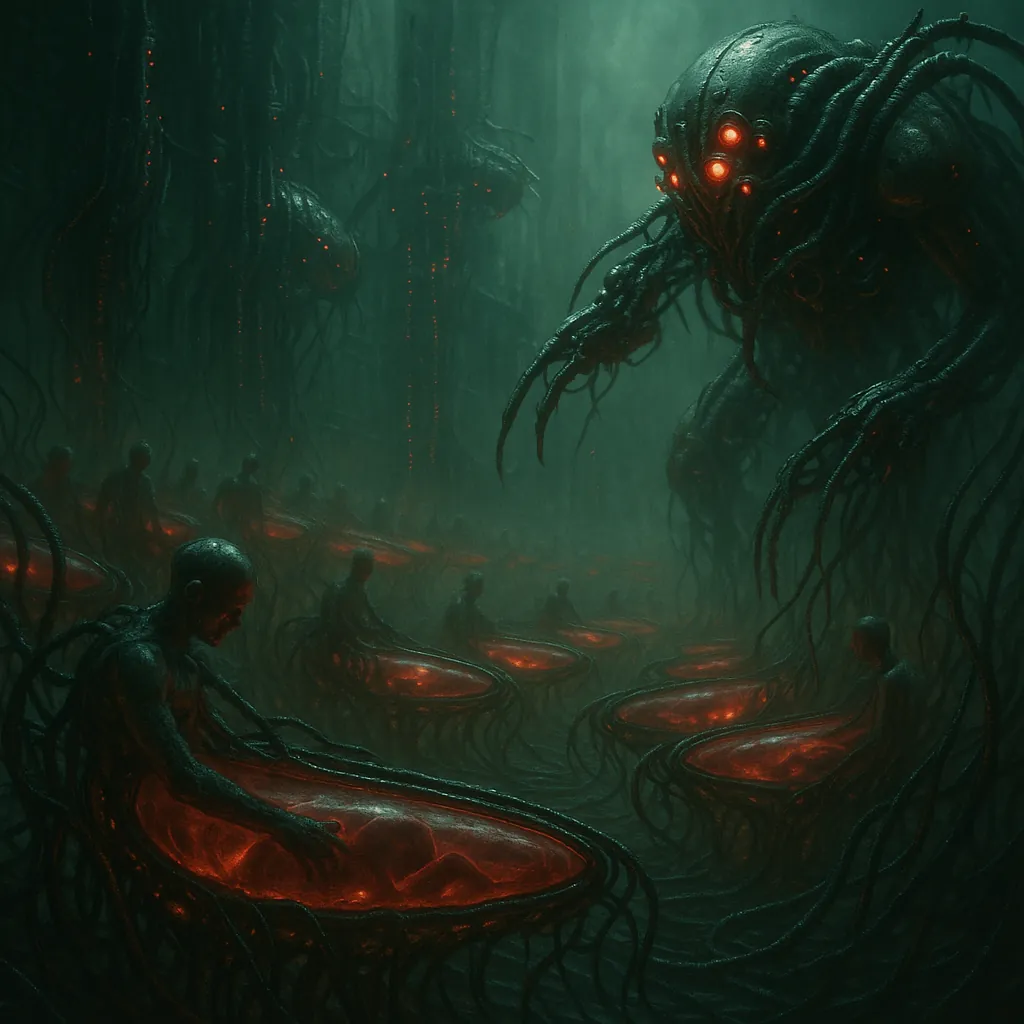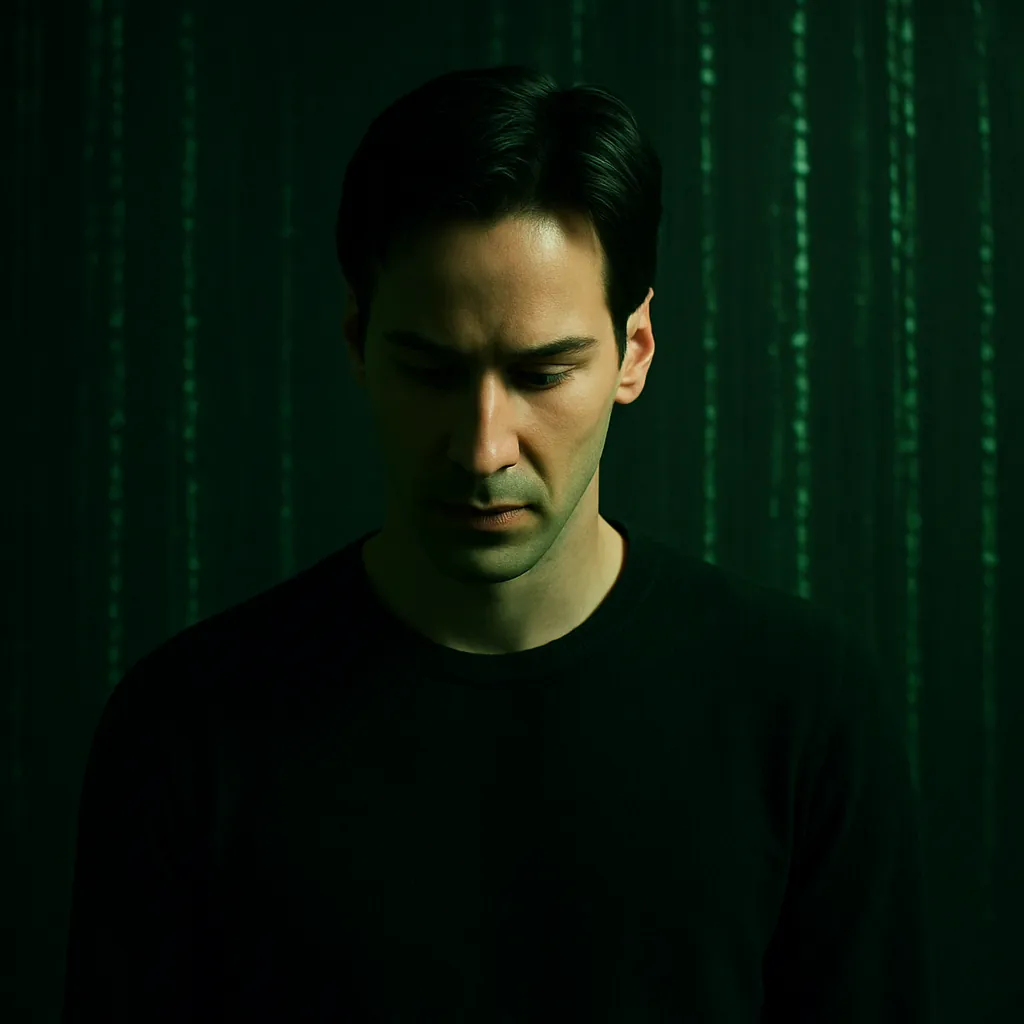Introduction
The Matrix, a groundbreaking 1999 film by the Wachowskis, redefined science fiction with its fusion of action and philosophical depth. It portrays a dystopian world where reality is a simulated prison run by machines, trapping humanity in ignorance. This article examines The Matrix’s narrative, its philosophical roots, and its evolving cultural legacy.
Central to The Matrix is Neo’s journey, a hacker who faces the red pill blue pill choice, symbolizing awakening versus illusion. This decision drives the story, blending stunning visuals with profound questions. The film’s impact has endured, shaping cinema and sparking global conversations.
The Matrix emerged as a cultural milestone, influencing films, games, and philosophical debates. Its themes of reality and technology remain relevant today. By exploring its layers, we uncover why this movie continues to captivate audiences worldwide.

The Philosophical Core of The Matrix
The Matrix draws inspiration from Plato’s Allegory of the Cave, where shadows represent a false reality humans accept. In the film, people live inside a simulated world, unaware of the desolate truth beyond. This echoes Descartes’ idea of an “evil demon” deceiving our senses, challenging our grasp of reality.
The red pill blue pill choice embodies existentialist themes, offering Neo a path to truth or denial. Taking the red pill signifies embracing free will, rejecting a life dictated by machines. This dilemma invites viewers to reflect on consciousness and autonomy in a digital age.
These ideas have sparked academic and cultural discussions, exploring materialism and technology’s role. The Matrix serves as a philosophical lens, prompting debates on simulated existence. Its blend of action and intellect keeps it a subject of study and fascination.

The Cyberspace Narrative and Visual Innovation
The Matrix pioneers a cyberspace narrative, depicting a digital realm as both a prison and a battleground. Machines sustain this virtual world by harvesting human energy, creating a haunting yet captivating setting. Neo’s journey, with Morpheus and Trinity, merges martial arts with futuristic tech, highlighted by the revolutionary “bullet time” effect.
This narrative reflects the tension between virtual and real, mirroring today’s digital reliance. The green code cascading on screens symbolizes the matrix’s artificiality, contrasting with the harsh reality outside. Early internet culture influences its hacking themes, marking The Matrix as a sci-fi trailblazer.
Visual elements like black leather costumes and neon cities enhance its cyberpunk aesthetic, inspired by William Gibson. These innovations have influenced video games and anime, cementing The Matrix’s legacy. Its style remains a benchmark for futuristic storytelling.

Neo’s Journey: From Doubt to Destiny
Neo’s journey begins with doubt, as he questions his role as “The One” destined to save humanity. Known as Thomas Anderson, a disillusioned hacker, he receives cryptic hints before meeting Morpheus. The red pill blue pill choice propels him toward self-discovery, transforming him into a messianic figure.
Training in the real world, Neo defies the matrix’s limits, battling agents like Agent Smith. His resurrection after death fulfills the prophecy, solidifying his savior status. This arc adapts the hero’s journey to a digital narrative, rich with symbolism.
Neo’s growth inspires viewers, symbolizing personal empowerment against oppressive systems. His courage to face fear resonates widely, exploring sacrifice and leadership. The Matrix leverages his story to probe deeper human experiences, making him a lasting icon.

Cultural Impact and Legacy of The Matrix
The Matrix has shaped culture since 1999, spawning sequels, a 2021 reboot, and media like “The Matrix Online.” The red pill blue pill concept has entered political and philosophical discourse, while its trench coat style became a cyberpunk symbol. “Matrix Resurrections” grossed $157 million worldwide against a $190 million budget, reflecting mixed box office success.
Critics offered varied reviews for “Resurrections,” praising its romantic depth but noting its struggle to match the original’s impact. In 2024, the gaming community, especially in VR Chat, embraced its themes, creating simulated worlds inspired by the film. This shows The Matrix’s ongoing relevance in virtual spaces.
The film’s philosophy aligns with the simulation hypothesis, influencing thinkers and tech leaders. Its legacy evolves, inspiring new generations to question reality. The Matrix remains a cultural touchstone, bridging cinema and modern digital culture.

Leave a Reply